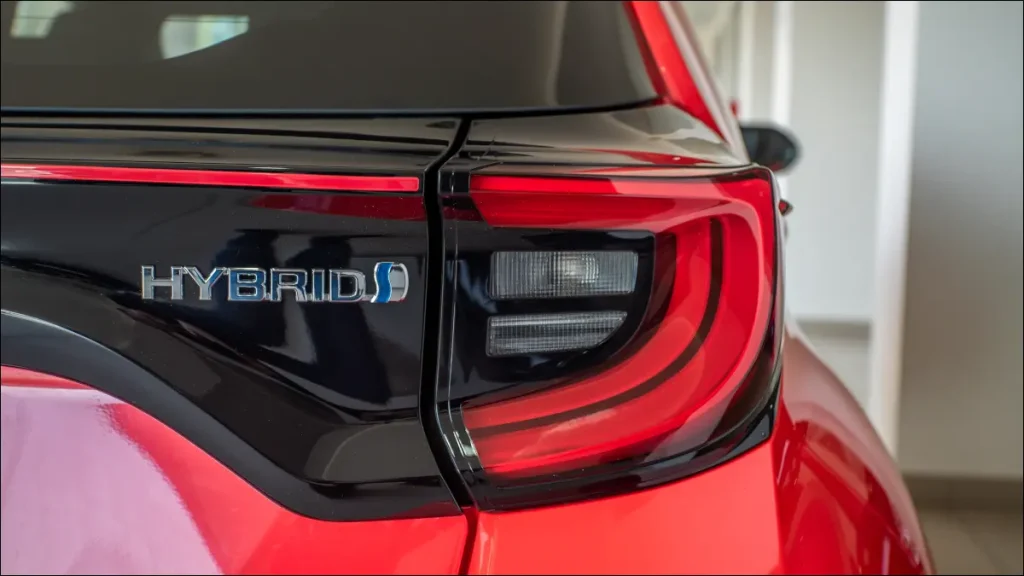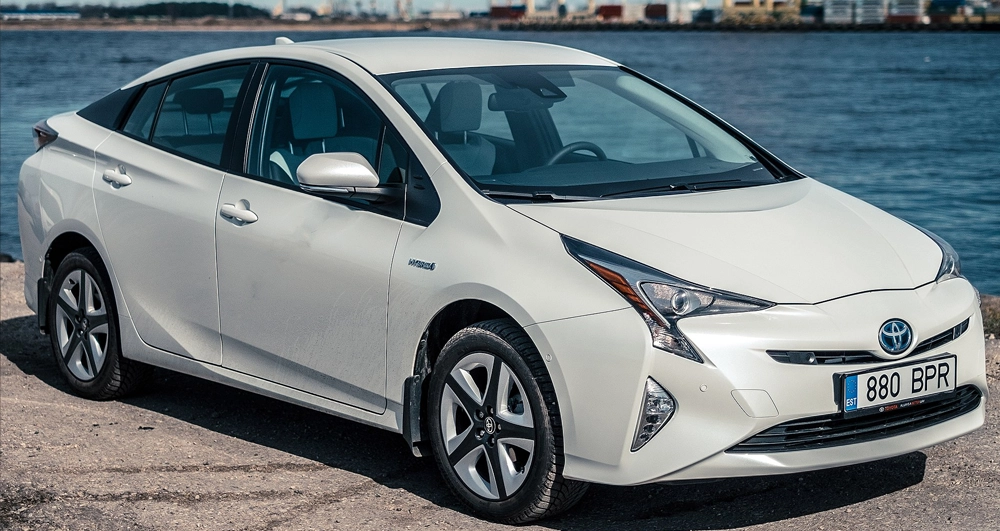Electric vehicles, or EVs, are becoming an increasingly popular choice for environmentally-conscious consumers looking to reduce their carbon footprint. However, with the rise of this new technology comes a whole new set of terminology that can be confusing for those who are new to the world of EVs. In this blog post, we’ll outline some of the most common types of electric vehicles.
Different Types Of EV
Electric Vehicle (EV): A vehicle whose wheels are powered by an electric motor. EVs can be either battery electric vehicles (BEVs) or plug-in hybrid electric vehicles (PHEVs)
Battery Electric Vehicle (BEV): A BEV is an electric vehicle that is powered solely by an electric battery. It does not have an internal combustion engine (ICE) and relies entirely on the battery to power the vehicle.
Hybrid (HEV): A blanket term for any vehicle that has a combustion engine and an electric motor, to achieve better efficiency. The main types are full, mild and plug-in hybrid. HEVs are more fuel efficient than traditional vehicles, but they still produce emissions.
Plug-In Hybrid (PHEV): A PHEV is an electric vehicle that has both an electric battery and an internal combustion engine. It can run on either the battery or the ICE, depending on the driving conditions and the driver’s preferences.
Zero-Emission Vehicle (ZEV): A vehicle that doesn’t emit exhaust gas or other pollutants from its operation.
Ultra Low Emission Vehicle (ULEV): A vehicle that emits less than 75g of CO2/km from its exhaust. These vehicles are eligible for a number of grants and benefits from the government.
Range-Extended EV (REx): An electric vehicle with a backup petrol generator to increase the range. This type of EV is ideal for drivers who require an EV with a longer range than typical EV’s. However, this vehicle is not very popular as it still uses fossil fuels to produce electricity, making it less ecologically beneficial than a BEV.
Full Hybrid / Self-Charging Hybrid: A type of HEV that can charge its on battery from power produced by coating and braking. Full hybrid vehicles can be more efficient than cars with traditional combustion engines. However, their range is far shorter than a BEV. This means they still mainly rely on fossil fuel to power the vehicle. A Toyota Prius is an example of this type of vehicle.
Plug-In Vehicle (PIV): A catch-all phrase for all plug-in cars, including BEvs and PHEVs.
Mild Hybrid (MHEV): A vehicle that has a small electric motor which is used solely to assist the petrol engine. MHEVs are unable to operate on battery power alone.
Alternative Fuel Vehicle: Vehicles that use a fuel other than traditional diesel or petrol. This also includes HEVs and other engines that don’t primarily rely on fossil fuels, such as PHEV, EV and FCEVS.
Fuel Cell Electric Vehicle (FCEV): An EV that’s electric motor is powered by a hydrogen fuel cell. The electricity needed to power the car is produced by fuel cells.
Internal Combustion Engine Vehicle (ICEV): A traditional vehicle that relies on an internal combustion engine that uses petrol or diesel.

As electric vehicles continue to grow in popularity, it’s important for drivers to understand the terminology that is used in the EV world. Whether you’re considering purchasing an electric vehicle or simply want to learn more about this exciting new technology, understanding these key terms can help you to navigate the world of EVs with confidence.
Here at Applegarth we specialise in the installation of EV charge points for homeowners and businesses in Liverpool, Wirral, Chester, Cheshire and North Wales. If you are interested in a free, no obligation quote for an EV charger please get in touch by emailing info@applegarth.co.uk or by calling 0151 649 8350.







